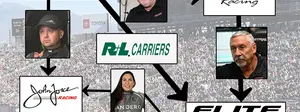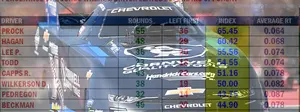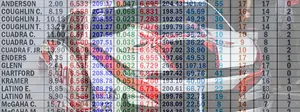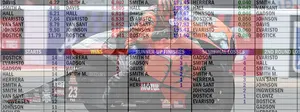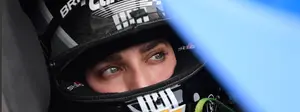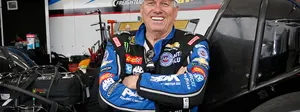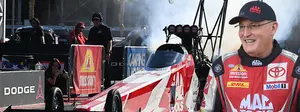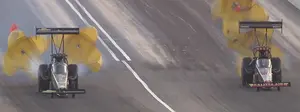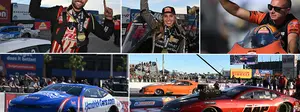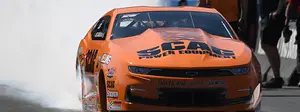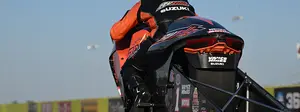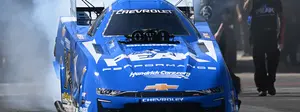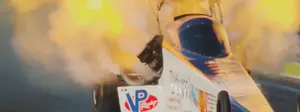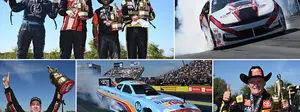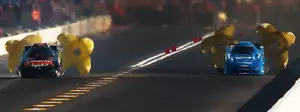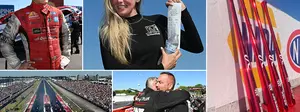

Spotter's guide for the 2020 E3 Spark Plugs NHRA Pro Mod Series
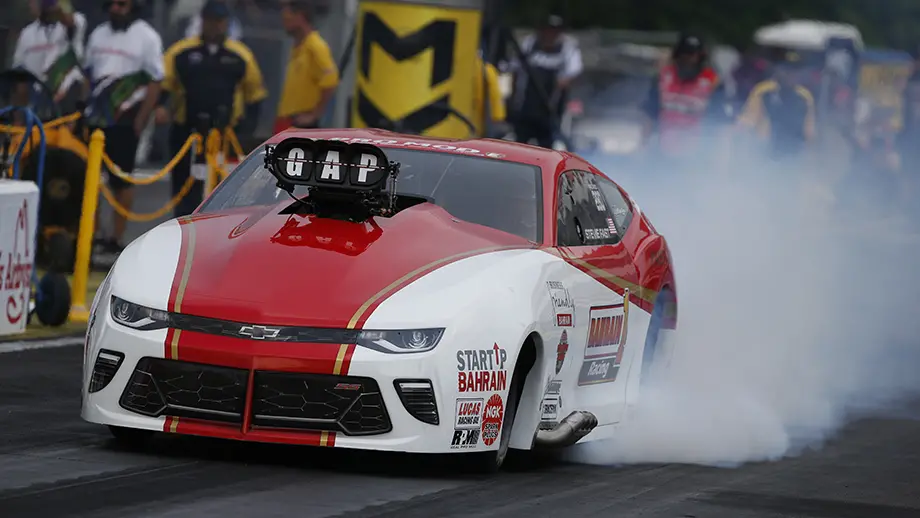
Stevie "Fast" Jackson took home his first NHRA world championship in 2019 driving a supercharged machine in the E3 Spark Plugs NHRA Pro Mod Series. That power adder - a supercharger - figures to be the most popular again in 2020. There will be four distinct power adders to kick off the new decade, Superchargers, Nitrous Oxide, Turbochargers and, new for this year, Centrifugal Superchargers.
Some of these power adders present themselves more obviously than others. You'll know a supercharged Mustang or a Camaro on nitrous when you see it. The other two power adders are a little more discreet when rolling through the water box, at least to the untrained eye. So, let's train 'em. We'll start with the easy power adders: The ones with stuff sticking through the hoods of their respective muscle cars.
You find nitrous injection attached to the largest engines in Pro Mod, as the rules package allows for powerplants up to 910-cid (cubic inch displacement). Nitrous-injected machines feature a large hood scoop on top of the engine and four header primaries (zoomies) on each side of the car. These engines are restricted to gasoline (as opposed to the methanol allowed in other engine combinations).
TYPICAL 910-CID ENGINE WITH NITROUS POWER ADDER
The roots-type supercharger you see on top of Mike Castellana's Chevy Camaro is restricted to 526-cid engines. This style of supercharger is also popular in the Top Alcohol Dragster and Top Alcohol Funny Car categories. Vehicles running a supercharger must weigh 2,600 pounds, 100 pounds more than nitrous-injected machines and 50 pounds lighter than turbocharged cars.
526-CID SUPERCHARGED ENGINE
The twin turbos hidden underneath the hood of Mike Biehle's Ford Mustang won't help you differentiate between a turbo-powered or centrifugally supercharged vehicle in 2020. You can look for two signs that Biehle is relying on a pair of 88-mm turbos on his electric blue Mustang. First, most turbo cars have a pair of intake holes along the front of the machine (which suck in air to feed oxygen to the turbos). Second, you can see the massive exhaust (next to a smaller wastegate) on either side, as opposed to the zoomies on every other vehicle.
526-CID TURBOCHARGED ENGINE
The newest approved power adder in NHRA Pro Mod competition is just as discreet as the turbo power adder it shares some similarities with. This is a supercharger but it hides under the hood like a turbo and uses a compressor wheel to force air into the engine. That's where the similarities end; centrifugal superchargers are belt driven (not exhaust-driven, like turbos) and also require a 2,600-pound minimum weight. Spot them by looking for the four header primaries (zoomies) poking out of either side of the car, much like a standard supercharged vehicle.
























